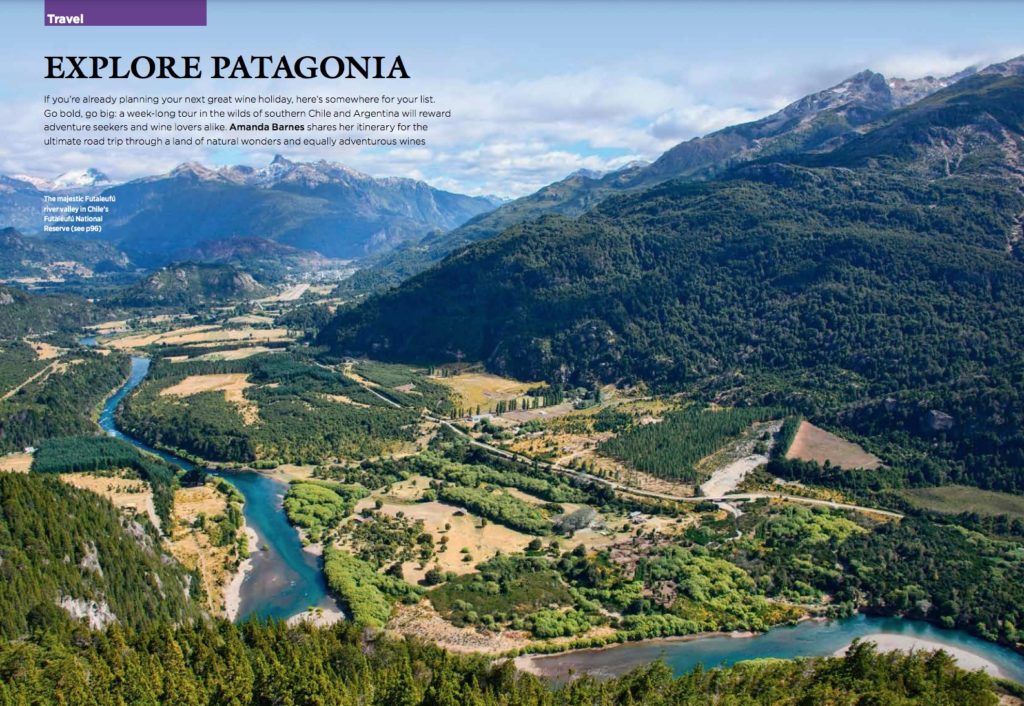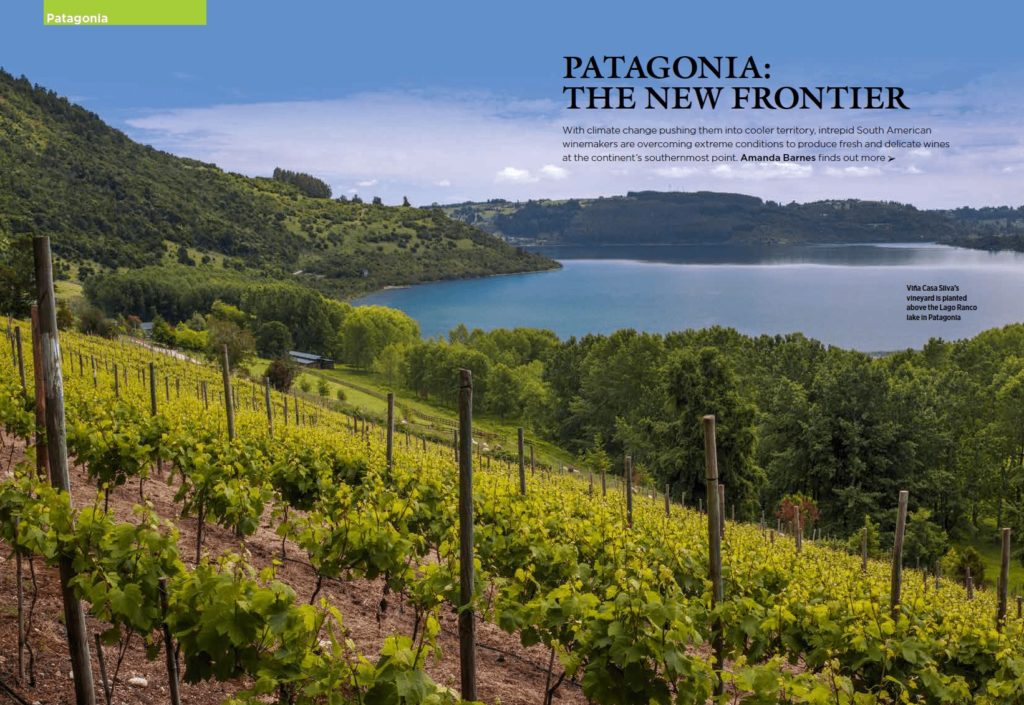Decanter: Explore Patagonia wine routes

Published in Decanter, December 2020 If you’re planning your next great wine holiday, here’s somewhere for your list. Go bold, go big: a week-long tour in the wilds of southern Chile and Argentina will reward adventure seekers and wine lovers alike. Amanda Barnes shares her itinerary for the ultimate road trip through a land of […]
Patagonia: South America’s new frontier. Decanter 2019

Written for Decanter Magazine, October 2019 In the last decade, winemakers in Chile and Argentina have moved beyond what was seen as the final frontier for South American viticulture — into the cool climates and wild terrains of Patagonia. Growing confidence and expertise; a quest for lower temperatures and greater water availability in the face […]
Top 5 wines from Patagonia
Recently I’ve been down south exploring the gorgeous wilderness of Patagonia, which definitely needs to be on everyone’s bucket list. At the same time, I’ve been exploring the wine lists and cellars of various dining establishments and here are five fabulous wines to try. Bodega Chacra, Pinot Noir This boutique production winery makes a beautifully […]
Mapping out Chilean wine and gastronomy

Written for The International Wine & Food Society There aren’t many places that can boast the prodigious geographical diversity of Chile: deep forests buffeted by creeping glaciers; sun cracked deserts and white washed salt flats; snowcapped mountains, smoking volcanoes and the dizzying heights of the Andes; fertile valleys with rolling hillsides; and an enviable expanse […]

